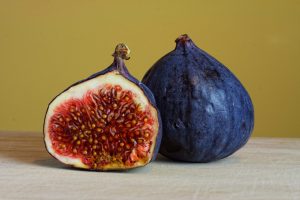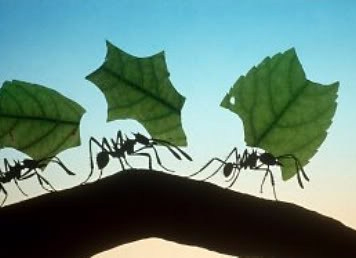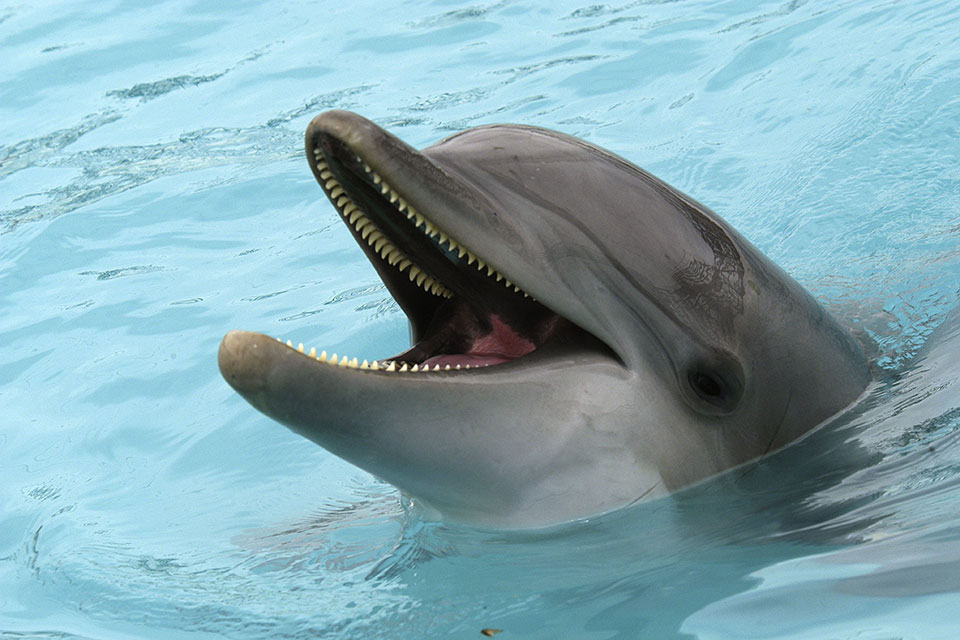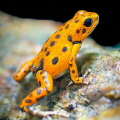
Figs are not technically a fruit, they are actually more like an inverted flower. These are known as a syconium where flowers and seeds are borne. Due to the fact that the flower is inverted, most pollinating insects cannot get to the pollen. Without pollination the fig tree wouldn’t be able to reproduce.
This is where the fig wasp comes into play. The fig tree and the fig wasp (Blastophaga psenes) have evolved a mutual relationship. The fig tree can only be pollinated with the help of the fig wasp and the fig wasp can only reproduce inside a fig syconium.
How do you pollinate an inverted flower?
The fig syconium is pollinated when a fertilized female wasp enters the fig through a tiny hole. She crawls inside the fig and pollinates some of the female flowers. The fig wasp then lays her eggs inside some of the flowers and dies. After a few weeks the male wasp larvae begin to tunnel their way out of the figs. The female fig wasp larvae collect pollen from the developed flowers inside the fig. They proceed through the tunnel dug by the male larvae and fly out of the fig. They then crawl inside another fig where they deposit the pollen and lay a new generation of eggs, and the whole cycle starts again.
Because the pollen of the fig tree is inside the pod, this is the only way in which seeds can be produced inside the pod and fig trees can reproduce. This means every single edible fig has a dead wasp inside. However this doesn’t mean you are munching into wasps when eating your figs, they are broken down inside the fig by an enzyme called ficain. The fig is the perfect environment for the fig wasp to lay their eggs and it does not reproduce anywhere else.
This form of relationship is called mutualism where two species have evolved simultaneously and each is dependent upon the other to survive and reproduce. Another more common type similar of mutual relationship is that of bees and flowers, where bees need the nectar to make honey and flowers need pollen to reproduce.
Further reading:




